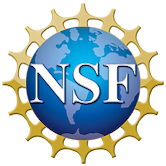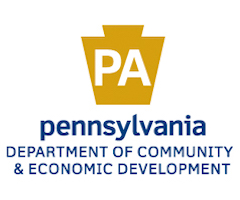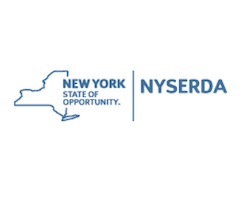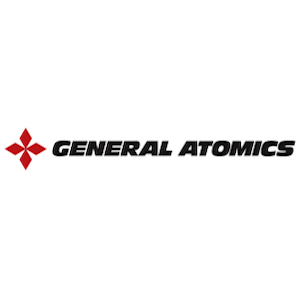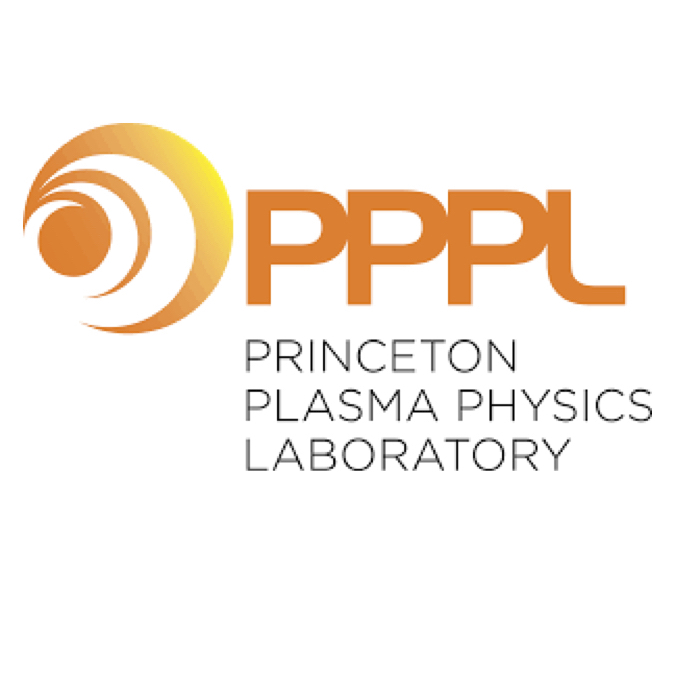COTSIM-based Feedforward Control Optimizer for Model-based Scenario Planning in NSTX-U
D. Dang, B. Leard, T. Rafiq, E. Schuster
Division of Plasma Physics (DPP) Annual Meeting of the American Physical Society (APS)
Pittsburgh, PA, USA (Remote), November 8-12, 2021
By combining plasma-response predictive models and nonlinear optimization
techniques, the scenario planning problem in tokamaks like NSTX-U can
be written as a model-based, constrained, feedforward-control, optimization
problem as originally proposed in [1]. In this optimization problem the
time evolutions of actuators such as the powers of heating and current
drive (H&CD) sources are determined by minimizing a cost function
quantifying the distance between the actual and desired plasma state.
The optimization problem, which admits any user-defined cost function,
is solved subject to plasma-dynamics constraints, actuator constraints
such as the maximum amount of H&CD power or the total plasma current
ramp rate, and plasma-state constraints such as the minimum-value of
the safety-factor profile or the maximum value of normalized beta. The plasma-dynamics
constraints for NSTX-U are provided in this work by the Control Oriented
Transport SIMulator (COTSIM). The resulting optimization problem is
solved by employing the Sequential Quadratic Programming (SQP) technique.
The technique is illustrated by several scenario planning problems in NSTX-U.
[1] Y. Ou, C. Xu, E. Schuster et al., Plasma Physics and Controlled Fusion, 50 (2008) 115001.
*Supported by the US DOE under DE-SC0021385.
